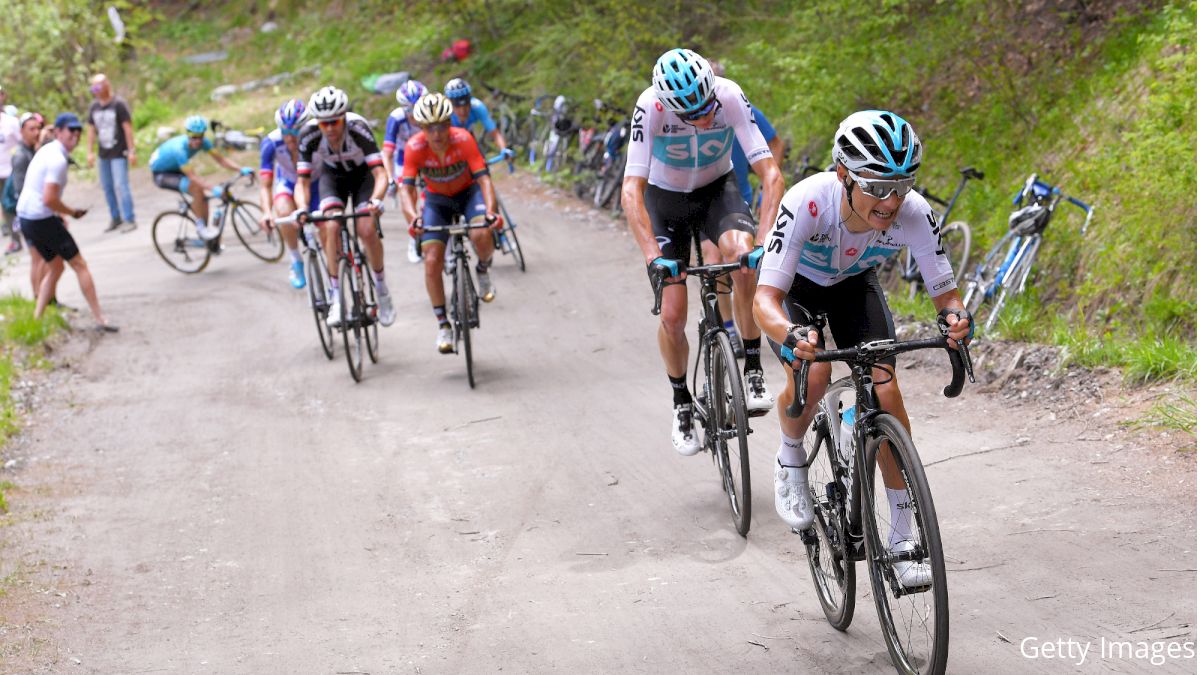How Many Grams Of Sodium Should You Eat Per Day?
How Many Grams Of Sodium Should You Eat Per Day?
Sodium is important for cyclists; here's a short guide for how much you should be eating every day.

While sodium is one of the necessary ingredients we need to have a long and healthy ride, too much of it can have negative and even catastrophic effects on our well-being. Sodium is good for our bodies because it helps our cells absorb nutrients and enhances our muscle and nerve activity. It draws water into the blood and helps us to regulate the concentration of fluids in our bodies.
If our sodium levels are too low during a workout, we can become horribly dehydrated and experience painful muscle cramping. However, too much sodium over a long period of time can lead to high blood pressure, organ failure, and a litany of different problems. If we eat too much of it, too much water will be drawn into the blood and the vessels will start to constrict too much. Sodium is a very important part of our diet, and the line to toe between too much and too little isn't very big, so here is a guide to help all of us determine what is an appropriate amount of sodium in our diets:
Salt Intake
- Children above the age of 11 and grown-ups should aim to consume no more than 6g of salt per day, which equates to roughly 2.4g of sodium.
- Children aged 7-10 should eat no more than 5g (5,000mg) of salt per day
- Children aged 4-6 should not eat more than 3g (3,000mg) of salt per day
- Toddlers aged 1-3 should eat no more than 2g (2,000mg) of salt per day
Bear in mind that these are very general figures and it should be considered that all athletes and cyclists are differing sizes and weights, and will be putting in different workloads during rides. Athletes can lose up to a liter or more of sweat during their exercise, and it's crucial for the homeostasis of each body to replenish sodium levels after intensive sweating.
Which Foods To Eat
Sodium hides in a lot of the foods we eat, even before we've salted them. Therefore, you have to work extra hard to be cognizant of your overall sodium intake. Bread, cereals, soups, and cheeses all have high sodium counts, as do many sauces, crackers, and salty snacks like chips and pickles.
If you do find yourself eating a lot of salty or sodium-rich foods as a means to stay hydrated and electrolyte-filled for rides, there are certain foods high in potassium, magnesium, and calcium that can be consumed to lower your blood pressure as a response. Leafy greens, beans, squash, salmon, and potatoes all fit the bill as foods that can help lower blood pressure.
After a workout when you've sweated your sodium reserves dry is a good time to indulge in salty snacks and a sports drink. The typical 20oz bottle of Gatorade will have 270 mg (.27 g) of sodium.
Hopefully this helps you to better manage your sodium intake while participating in a sport that leads us to sweat as much or more than any other one.